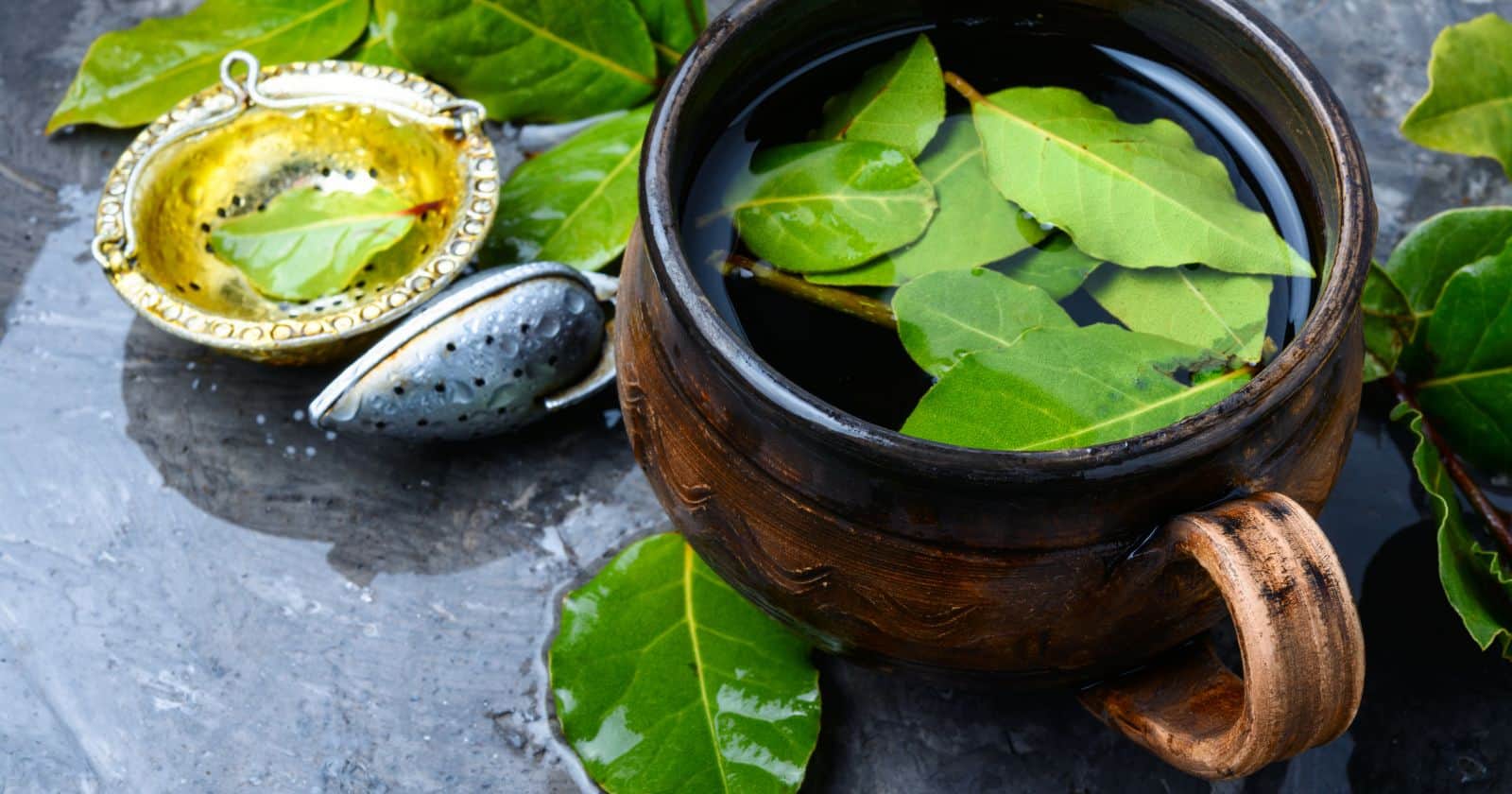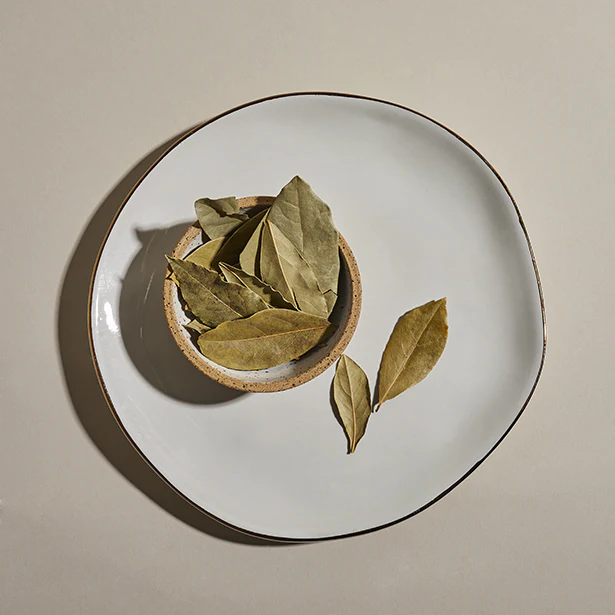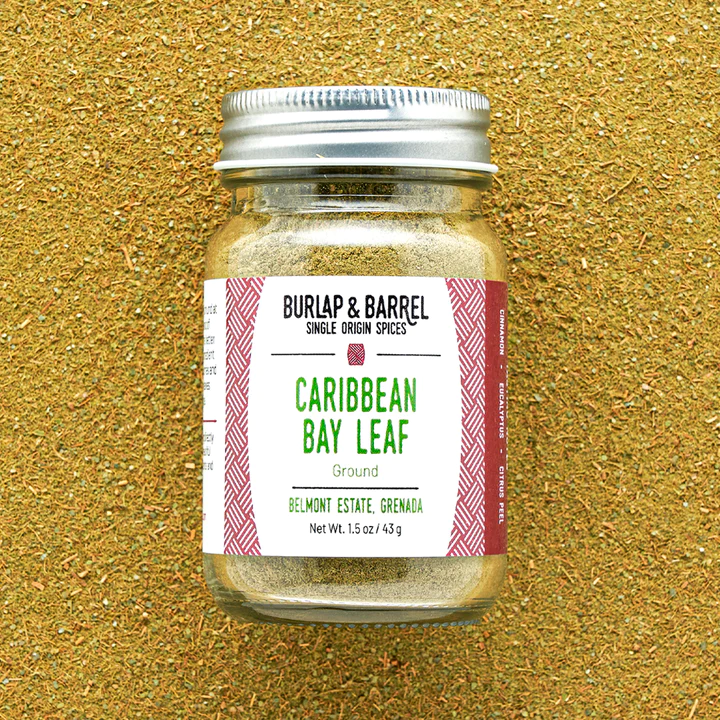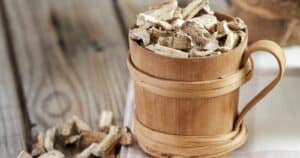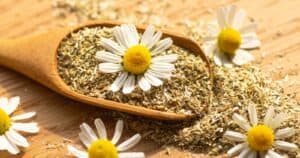Herbs and spices add flavor to food, making everyday dishes more exciting. But many of them can be difficult to use correctly—especially for bay leaves.
This aromatic herb has a unique flavor, lending distinction and flair to recipes like soups and stews. It’s even known for its health benefits!
Introducing bay leaves into your cooking repertoire can initially seem daunting, but with a few essential tips, you’ll become an expert quickly.
Once you understand what makes this herb so unique, you’ll know how best to select it, store it, add it to your dishes, and pair it with other flavors for the perfect dish every time.
So what are you waiting for? Dive into this guide about bay leaf: Tips and Tricks for Cooking With This Aromatic Herb to make the most of this excellent herb!
What is Bay Leaf?

Bay leaf is an aromatic leaf commonly used in cooking. It can be used whole, either dried or fresh, and should be removed from the dish before serving.
When using fresh bay leaves, use two or three times as many as you would with dried bay leaves. This is because the flavor and aroma of fresh bay leaves will change when simmered for more extended periods—say, an hour or so.
On the other hand, most recipes call for a dried bay leaf, which generally yields a stronger and more complex flavor profile than its fresh counterpart.
Dried bay leaves are usually sold in plastic bags or large jars, and they stand up well to slow cooking, unlike most other herbs which should be added at the very last minute.
They are also typically easier to find than their fresh counterparts.
Bay Leaf is an incredibly versatile ingredient that can add depth and complexity to any dish! Understanding how to use it correctly can make all the difference in your culinary creations!
How To Use Bay Leaves In Cooking: Tips And Techniques
Bay leaves are a versatile ingredient that can add flavor to your dishes. Here are some tips and tricks for using bay leaf in cooking:
- Bay leaves can be added to slow-cooked soups, stews, pasta sauces, stocks, braised dishes, roasts, legumes, rice dishes, marinades, and pickles.
- Use bay leaves sparingly, as they have a strong flavor that can easily overpower other ingredients. One or two leaves are usually enough for most recipes.
- Remove the bay leaves before serving the dish to prevent overpowering the other flavors.
- Bay leaves can complement many other herbs and spices, such as thyme, oregano, and garlic. Experiment with different combinations to find your favorite flavors.
- When using bay leaves in rice dishes or stocks, consider tying them with kitchen twine to make them easier to remove. This will also prevent any small pieces of bay leaves from getting stuck in the dish.
- Bay leaves are usually easier to find, dried than fresh.
- If you use dried bay leaves, ensure they are fresh and not stale. Old bay leaves will have lost much of their flavor and aroma.
- Store bay leaves in a cool dark place, as light and heat can cause them to lose their potency over time.
- When buying dried bay leaves, ensure they look intact and don’t smell musty or stale.
Selecting And Storing Bay Leaves: What To Look For
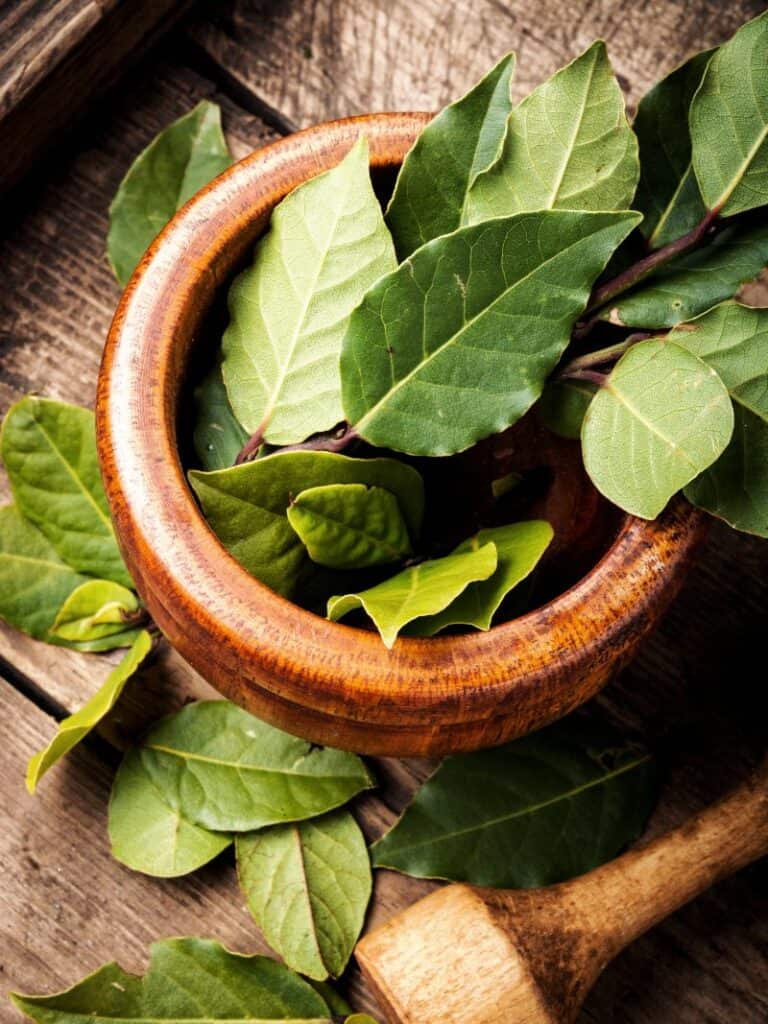
When selecting bay leaves, look for ones that are vibrant green in color, free of spots or blemishes, and not wilted. The best way to know if the bay leaves are fresh is to give them a little crush.
If they have an intense aroma with a slight hint of bitterness, you know you’ve got some quality bay leaves.
Once you’ve selected your bay leaves, storing them properly is essential to retain their flavor and aroma for longer periods.
Keep dried bay leaves in an airtight jar, like all herbs and spices, away from heat and moisture sources such as ovens or humidifiers.
When stored correctly, this will help keep your bay leaves fresh for up to 6 months.
Bay leaves are essential in many recipes due to their unique flavor profile and health benefits, such as their anti-inflammatory properties.
To ensure the best quality of your ingredients at home, select vibrant green bay leaves that aren’t wilted or spotted with blemishes.
Creative Ways To Use Bay Leaves In Your Recipes
Bay leaves are a versatile ingredient that can add subtle flavor and complexity to any dish.
They are often added to dishes that simmer for a long time, such as soups, stews, and curries.
If you want to add bay leaves to your recipes, here are some creative ways you can do it.
To start, combine 1/2 cup of cream and milk in a saucepan, bay leaves, the split vanilla bean, and its seeds. This combination will create an incredibly flavorful base for your dishes.
If you want, lightly tear the bay leaves before adding them so that they will be easier to take out when you’re done cooking. This way, your dish will not have large pieces of a bay leaf floating around.
Another way to use bay leaves is by grinding them into a powder or using them as an aromatic garnish on top of dishes like risotto or pasta sauces.
The fine powder form of the herb adds an intense flavor without taking away from the other ingredients in your dish.
You can also infuse the oil with the bay leaf for an easy way to incorporate this herb into all kinds of recipes – heat olive oil in a saucepan with some crushed bay leaves until fragrant, then let cool before straining out the herbs and storing it in a bottle or jar.
Bay leaves are great for adding subtle flavor and complexity to any dish – make sure not to add too many so that they overpower the other flavors in your recipe!
Common Mistakes To Avoid When Cooking With Bay Leaves
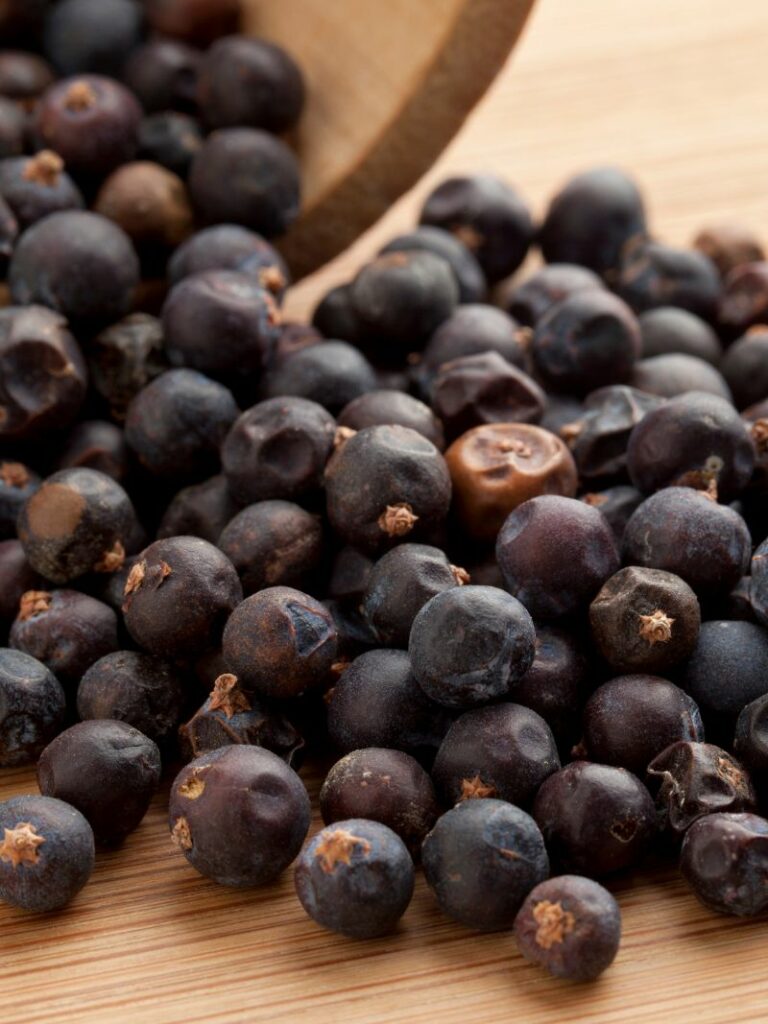
One of the most important things to remember is that you should use ¼ teaspoon of juniper berries for each bay leaf called for in a recipe. Juniper berries provide an additional layer of flavor that enhances the dish.
Another mistake to avoid is using too much bay leaf. If you add too much bay leaf, it can make your dish taste bitter and overpowering.
It’s best to start with small amounts and adjust after tasting the dish. Additionally, pregnant women or people with kidney problems should avoid eating dishes cooked with juniper berries as they can be toxic in large amounts.
Finally, to get the full flavor from your bay leaves without adding them directly into the dish, try making a “bay leaf tea” by simmering two or three leaves in boiling water for 10 minutes.
Let the water cool down before removing the bay leaves, and take a sip of that brew – you’ll get that same unique flavor without worrying about any potential health risks!
Remember that while dried basil takes time to soak up liquids and release flavors, fresh basil will wilt quickly and lose flavor if added too early during cooking.
Health Benefits Of Bay Leaves: What You Need To Know
Bay leaves are an excellent addition to any kitchen and have many health benefits. Studies have found that bay leaves can be effective at treating type 2 diabetes, reducing anxiety, and boosting the immune system.
They are also packed with vitamins and minerals, making them a great way to get essential nutrients into your diet.
Additionally, bay leaves contain compounds that can help to reduce inflammation in the body.
Regarding hair health, bay leaves can be a great way to keep your locks looking healthy and robust.
Consuming bay leaves regularly or using bay leaf oil for aromatherapy can help promote healthy hair growth.
Bay leaf oil or massaging bay leaves into the scalp can also effectively treat dandruff and other conditions like psoriasis and eczema.
Finally, bay leaves are often used to treat respiratory conditions such as asthma, bronchitis, and tuberculosis.
The anti-inflammatory properties of these herbs make them an excellent choice for those suffering from breathing difficulties due to allergies or other respiratory issues.
Bay Leaf Substitutes
If you don’t have bay leaves on hand, there are several substitutes that you can use:
Thyme
Thyme is a great substitute for bay leaves, with a slightly milder flavor than the original.
Dried Oregano or Dried Thyme
These herbs can also be used as alternatives to bay leaves in stews and soups.
Parsley
Parsley has a similar flavor profile to bay leaves and cilantro, making it a good substitute.
When substituting for bay leaves, it’s essential to adjust the amount accordingly, as not all herbs are created equal when it comes to strength and intensity of flavor.
Start with half the recommended amount and adjust according to taste once cooked to ensure your dish isn’t too salty or too sweet.
Where to Buy Bay Leaf?
Bay leaves can be found in most grocery stores and supermarkets in the
They can also be purchased online from retailers like Amazon, Walmart, and specialty food stores.
You may need to visit a specialty grocery store or farmer’s market if you prefer fresh bay leaves. Some people even grow their bay leaves in a garden or a container at home.
The Oracle of Delphi chewed fresh laurel leaves for divine inspiration. They make for inspired sauces, stews, soups, and curries when dried.
We chased the bay leaf worldwide and decided the large, fragrant Turkish variety was our favorite.

